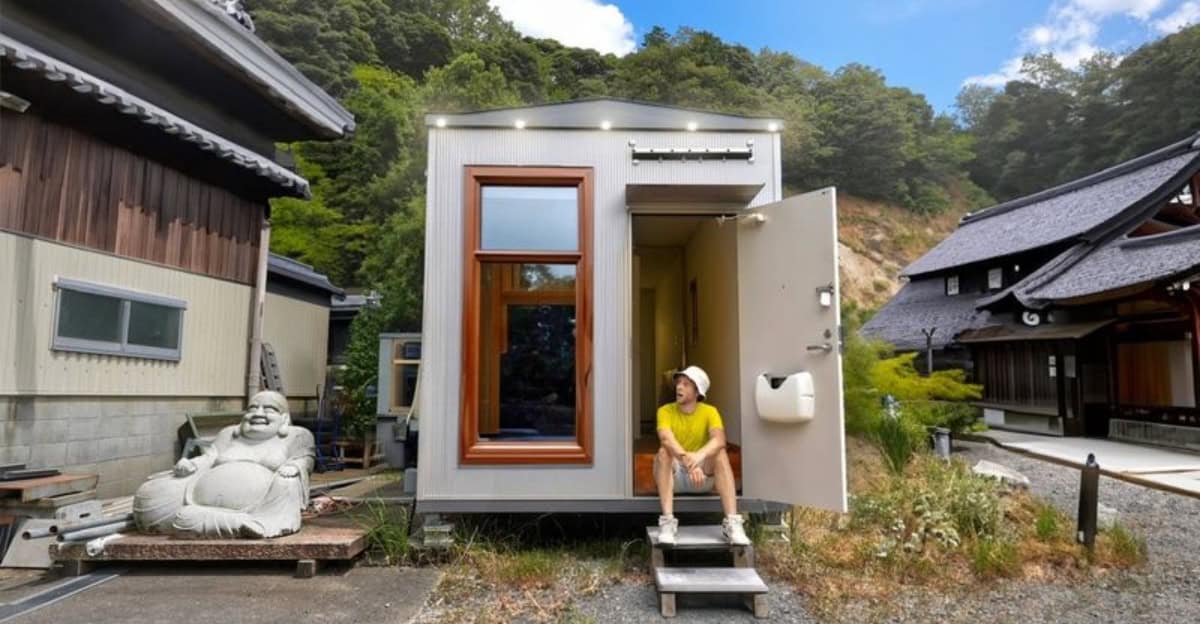Japanese small homes have captivated global audiences for their innovative use of space, minimalist aesthetics, and harmonious living environments.
Despite their compact size, these homes offer a wealth of inspiration and practical solutions for maximizing efficiency and comfort.
Embracing a philosophy that values simplicity and functionality, these homes epitomize a balance between modern needs and traditional design principles.
Here are 10 compelling reasons why Japanese small homes continue to inspire architects, designers, and homeowners around the world.
1. Ingenious Space Utilization
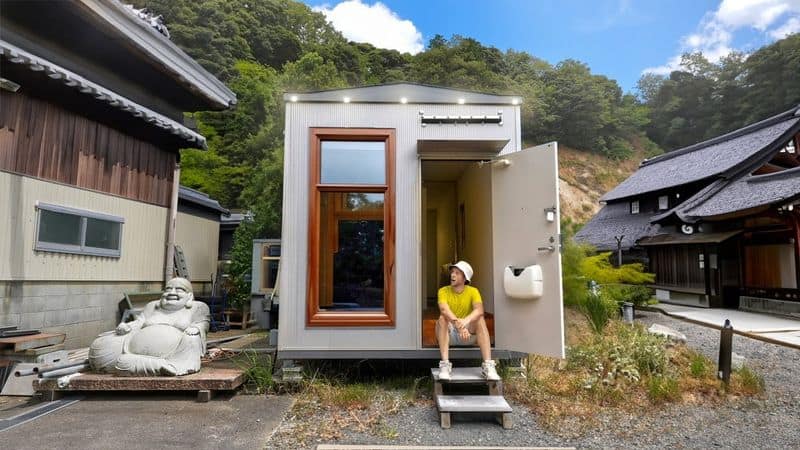
Japanese small homes master the art of space utilization. They incorporate multifunctional furniture like futons that double as couches and beds, and tables with hidden storage.
Sliding doors replace swinging ones, saving precious space. The design philosophy focuses on creating fluid, open spaces that can be transformed to meet various needs.
This allows for rooms that can serve multiple purposes throughout the day.
By prioritizing efficiency and functionality, these homes show that small spaces can be both comfortable and practical. The clever use of every available inch transforms tiny spaces into livable, inviting homes.
2. Minimalist Aesthetic
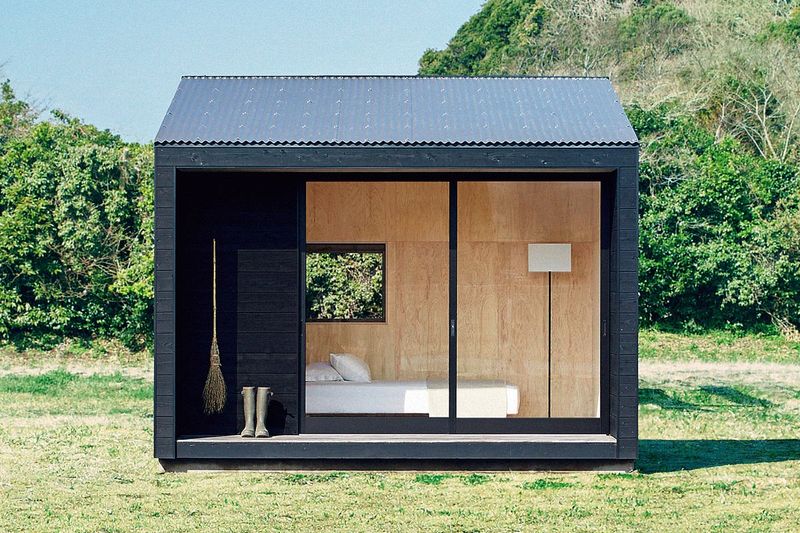
The minimalist aesthetic of Japanese small homes promotes tranquility and order. This design principle emphasizes simplicity, eliminating unnecessary clutter and focusing on essential items.
Natural materials such as wood and bamboo are commonly used, creating a warm, inviting atmosphere. The color palette is often neutral, enhancing the sense of calm.
By embracing minimalism, these homes provide a peaceful retreat from the chaos of modern life.
They demonstrate that less can indeed be more, inspiring individuals to adopt a more intentional, meaningful way of living.
3. Harmony with Nature
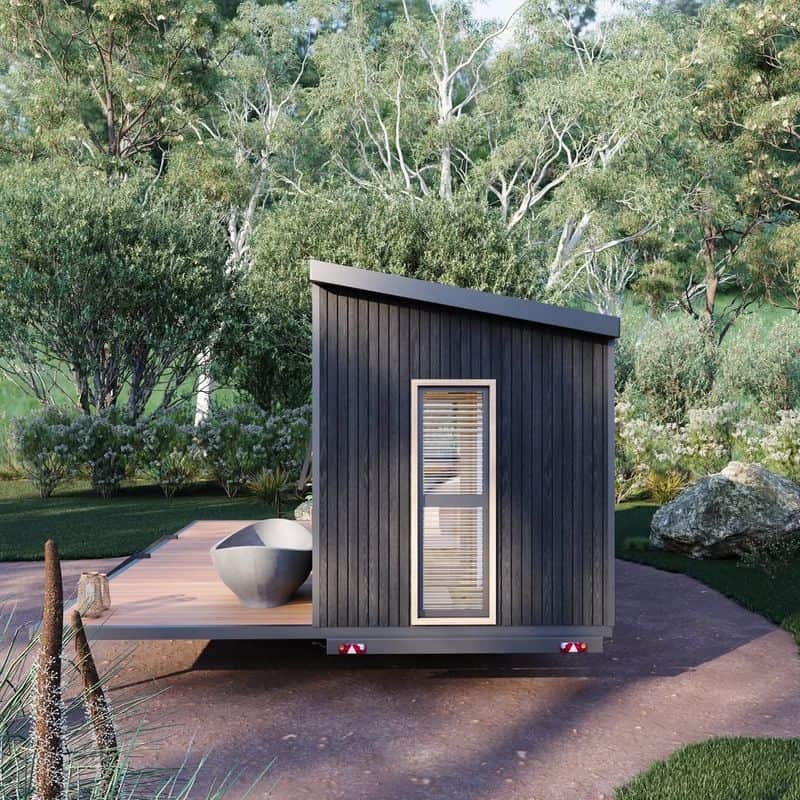
Japanese small homes often incorporate nature, fostering a harmonious relationship between the indoor and outdoor environments.
Large windows and sliding glass doors allow natural light to flood the space, creating a seamless connection with the outside world.
Gardens, both small and large, become extensions of the living area. This integration of nature promotes well-being, encouraging homeowners to appreciate the beauty of the natural world.
The design reflects a deep respect for the environment, offering inspiration for creating sustainable, eco-friendly living spaces.
4. Innovative Storage Solutions
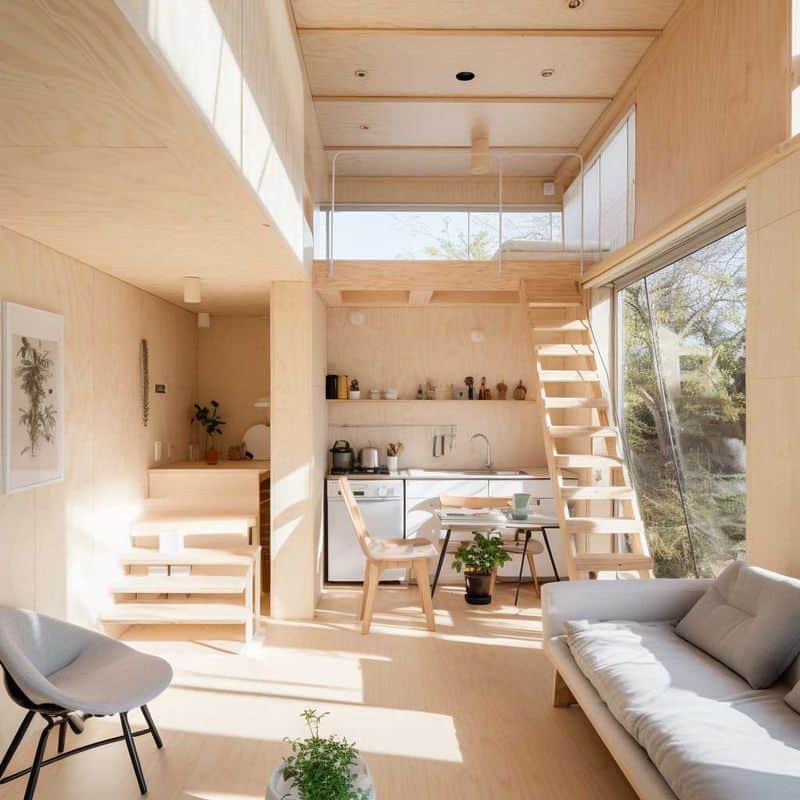
In Japanese small homes, innovative storage solutions are key. Designers utilize every nook and cranny to create storage spaces that are both functional and discreet.
Stairs double as drawers, and floorboards lift to reveal hidden compartments. Even the smallest spaces can become useful storage areas.
This approach ensures that the home remains organized and free of clutter, enhancing the livability of the space.
Such ingenious solutions provide inspiration for anyone looking to maximize storage in limited spaces while maintaining a clean, tidy environment.
5. Flexible Room Configurations
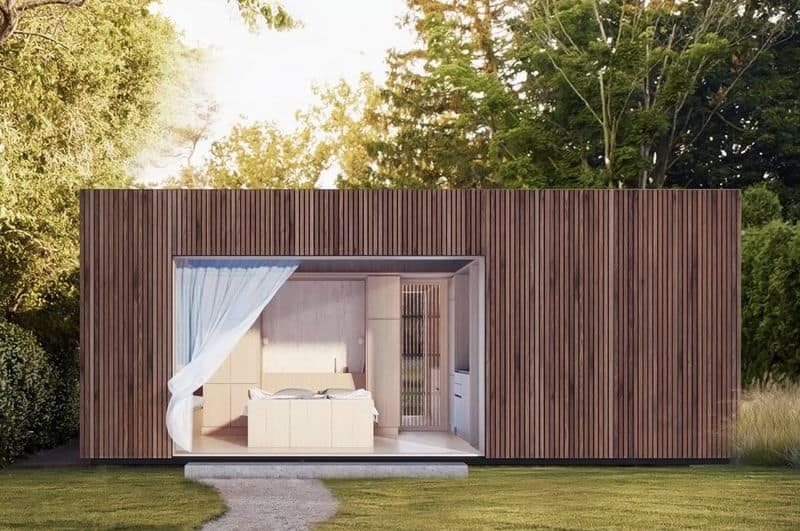
Flexibility is at the core of Japanese small home design. Rooms are often equipped with movable walls and sliding partitions, allowing homeowners to adjust the space to suit their needs.
This adaptability means that a single room can function as a living area, workspace, or bedroom, depending on the time of day.
The idea is to create spaces that evolve with the inhabitants, providing solutions that are both practical and innovative.
This flexibility is essential for small living spaces, making homes more adaptable and life more convenient.
6. Traditional Tatami Rooms
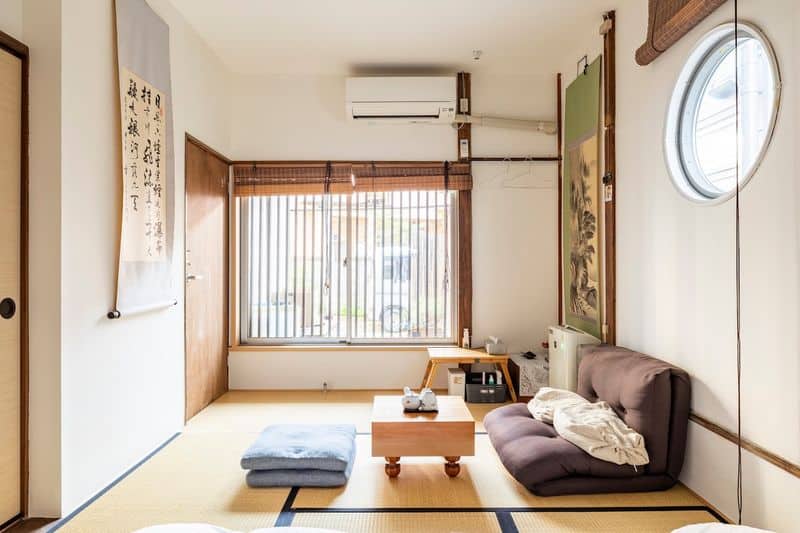
Tatami rooms are a quintessential feature of Japanese small homes. These rooms are characterized by mats made of rice straw, providing a natural and comforting flooring option.
Shoji screens add to the aesthetic, offering privacy while allowing light to filter through.
The tatami room serves as a versatile space, used for sleeping, dining, or relaxing. This traditional element reflects cultural heritage and offers a unique feature that enhances the home’s character.
It shows how traditional elements can be seamlessly integrated into modern living spaces, preserving cultural identity.
7. Efficient Kitchen Design

The kitchen designs in Japanese small homes are marvels of efficiency. Every element is meticulously planned to maximize functionality without sacrificing style.
Appliances are strategically placed to save space, and storage solutions are designed to keep the area tidy. The use of vertical space is common, with shelves and racks ensuring that everything is within easy reach.
This thoughtful approach to kitchen design proves that even the smallest areas can be both beautiful and highly functional, inspiring homeowners to reconsider their kitchen layouts for improved efficiency.
8. Zen-Inspired Bathrooms
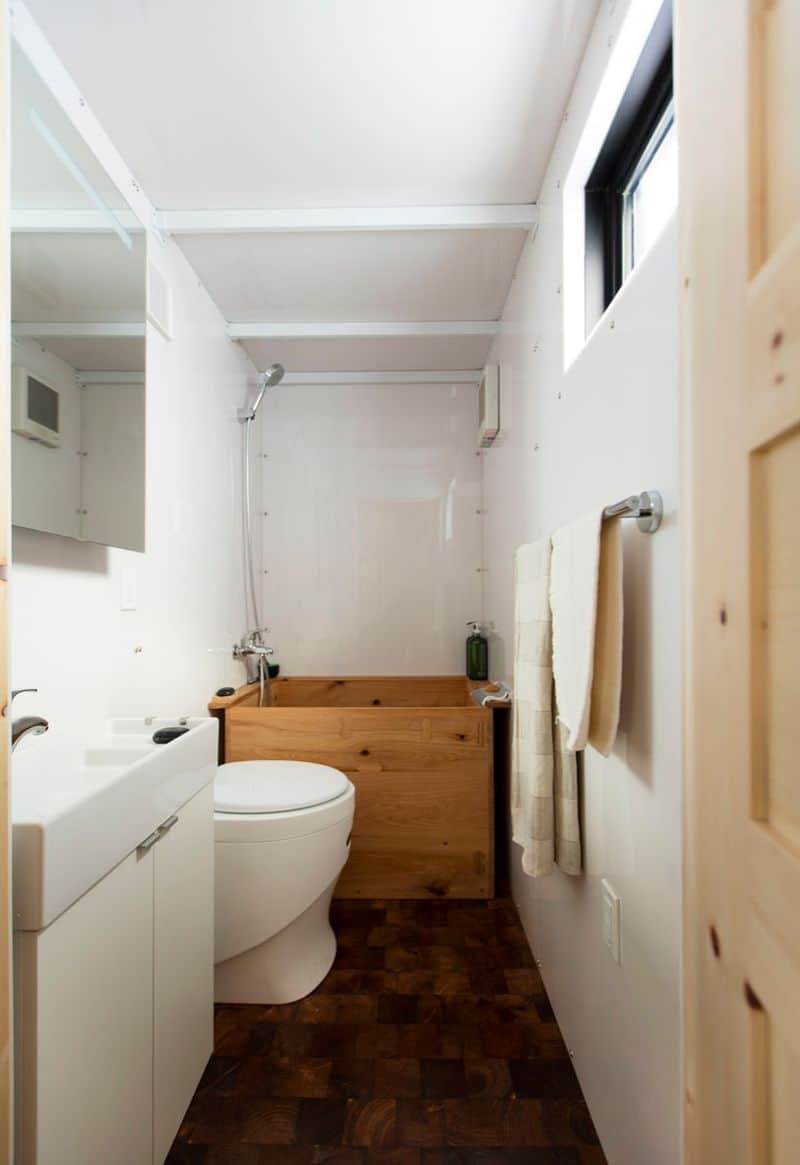
Japanese small homes often feature bathrooms that are inspired by Zen principles.
These spaces are designed to offer relaxation and rejuvenation, typically incorporating deep soaking tubs and natural materials like stone and tile.
The emphasis is on creating a spa-like ambiance, providing a sanctuary for unwinding at the end of a busy day.
This approach highlights the importance of self-care and relaxation in daily life, offering ideas for transforming even the smallest bathrooms into serene retreats that promote well-being.
9. Integration of Technology
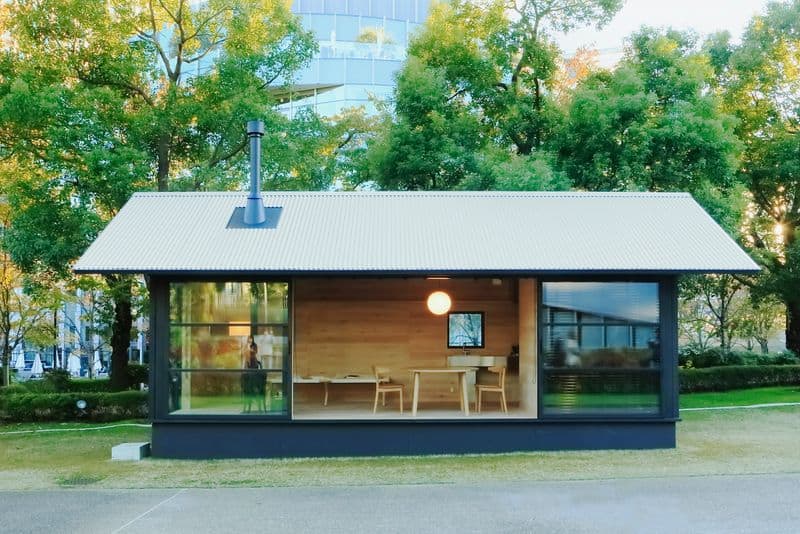
Japanese small homes integrate technology seamlessly with traditional design elements.
Smart home devices, energy-efficient appliances, and automated systems are common features, enhancing convenience and sustainability.
These technologies ensure that homes are not only comfortable but also environmentally friendly.
The thoughtful integration of technology demonstrates how modern advancements can complement traditional aesthetics, providing inspiration for creating homes that are both cutting-edge and timeless.
This blend of old and new is a defining characteristic of Japanese small homes.
10. Cultural Heritage Preservation
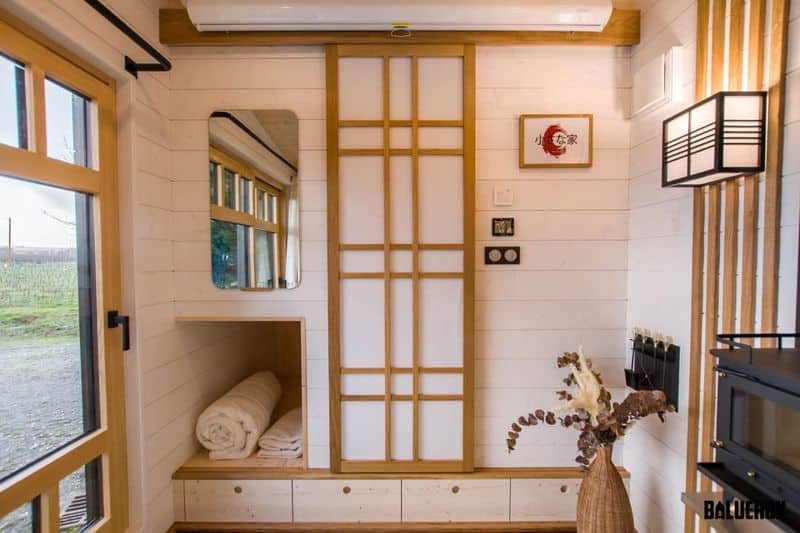
Preserving cultural heritage is a fundamental aspect of Japanese small homes. These homes often incorporate traditional architectural elements such as wooden beams, paper lanterns, and cultural decor.
This preservation of cultural identity is balanced with contemporary design, ensuring that the homes remain relevant in modern times.
It serves as a reminder of the importance of honoring one’s roots while embracing new innovations.
These homes inspire a deep appreciation for cultural legacy, encouraging homeowners to maintain a connection to their heritage even in modern living spaces.

